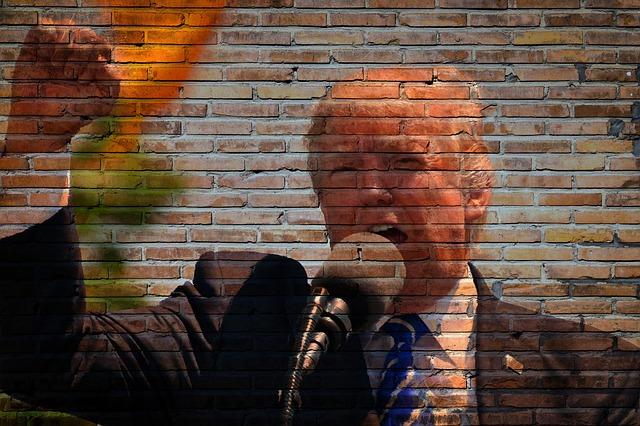Texas GOP’s Redistricting Strategy: Reshaping Political Power and Sparking Controversy
Republican Redistricting Efforts Aim to Fragment Democratic Strongholds
In Texas, the Republican Party has introduced a series of redistricting proposals that could dramatically alter the political map by weakening Democratic influence. These plans focus on redrawing district lines to disperse Democratic voters across multiple smaller districts, thereby diluting their electoral strength. This approach counters the demographic trends favoring Democrats in rapidly expanding urban centers, while reinforcing Republican control in suburban and rural areas surrounding major cities.
Highlights of the proposed redistricting include:
- Dividing densely Democratic urban districts into several smaller districts with mixed partisan compositions.
- Reallocating population segments to establish new Republican-majority districts at the expense of Democratic voting blocs.
- Targeting fast-growing metropolitan hubs such as Houston, Austin, and Dallas to reshape their political dynamics.
| City | Current Democratic Districts | Projected Increase in Republican Influence |
|---|---|---|
| Houston | 7 | +3 |
| Austin | 4 | +2 |
| Dallas | 5 | +2 |
Legal Challenges Mount Over Claims of Gerrymandering and Voter Suppression
The redistricting proposals have triggered a wave of legal disputes, with multiple lawsuits contesting the fairness of the new electoral maps. Plaintiffs contend that these maps were crafted with partisan motives, employing advanced data analytics to fracture Democratic voter bases and diminish their electoral impact. Critics argue this undermines the democratic principle of equal representation and threatens the integrity of the voting process.
In parallel, accusations of voter suppression have intensified, spotlighting measures such as stringent voter ID requirements, curtailed early voting periods, and the closure of polling locations in predominantly minority neighborhoods. These actions are seen by opponents as disproportionately affecting Democratic-leaning communities and disenfranchising marginalized groups. Advocacy organizations and bipartisan lawmakers have mobilized to demand transparency and reforms to protect voting rights.
Commonly contested tactics include:
- “Packing”: Concentrating opposition voters into a limited number of districts to reduce their influence elsewhere.
- “Cracking”: Dividing cohesive communities to dilute their voting power across multiple districts.
- Polling Place Reductions: Closing accessible voting sites in targeted areas.
- Strict Voter ID Laws: Enforcing identification rules that may exclude eligible voters.
| Allegation | Affected Demographic | Current Legal Status |
|---|---|---|
| Packing of Districts | Urban Minority Populations | Under Judicial Review |
| Polling Site Closures | Rural Voters | Pending Appeals |
| Voter ID Restrictions | Low-Income Communities | Ongoing Court Challenges |
Consequences for Voter Representation and Election Outcomes
The redrawing of district boundaries threatens to reshape voter representation in Texas by fragmenting Democratic constituencies and dispersing their influence across multiple Republican-leaning districts. This could lead to a significant shift in political power, undermining minority voting strength and raising concerns about electoral fairness.
Political analysts warn that these changes may result in:
- Decreased electoral competitiveness: The creation of “safe” districts may reduce voter motivation and turnout.
- Heightened political polarization: Less competitive districts could empower more extreme partisan candidates.
- Increased litigation: Ongoing legal battles over voting rights and district fairness.
| Area of Impact | Potential Outcome |
|---|---|
| Voter Representation | Diminished minority voting power |
| Electoral Competition | More districts with entrenched incumbents |
| Political Polarization | Widening partisan divides |
Calls for Judicial Oversight to Safeguard Equitable Districting
Political experts and legal authorities have voiced strong concerns regarding the fairness of Texas’s redistricting process. They warn that tactics such as “packing” and “cracking” could violate the Voting Rights Act by diluting minority votes and skewing representation in favor of Republican incumbents. The lack of transparency and limited public engagement during the map-drawing process have further fueled demands for court intervention to ensure electoral integrity.
Experts emphasize the following issues:
- Potential breaches of federal voting rights protections.
- Manipulative boundary adjustments designed to entrench partisan advantage.
- Insufficient openness and community involvement in redistricting decisions.
| County | Political Balance Before Redistricting | Projected Political Leaning After Redistricting |
|---|---|---|
| Dallas County | Evenly Split Between Parties | Strong Republican Advantage |
| Harris County | Highly Competitive | Predominantly Safe Republican |
| Bexar County | Democratic Majority | Fragmented and Weakened Democratic Presence |
Conclusion: The Ongoing Struggle Over Texas’s Political Future
As Texas Republicans push forward with redistricting plans that critics argue are designed to erode Democratic influence, the state faces a prolonged period of political and legal contention. Both parties are preparing for extended court battles that will determine the shape of Texas’s political landscape for the foreseeable future. The outcomes of these disputes will not only affect voter representation within the state but could also have significant repercussions on the national political arena as the 2024 elections approach.




